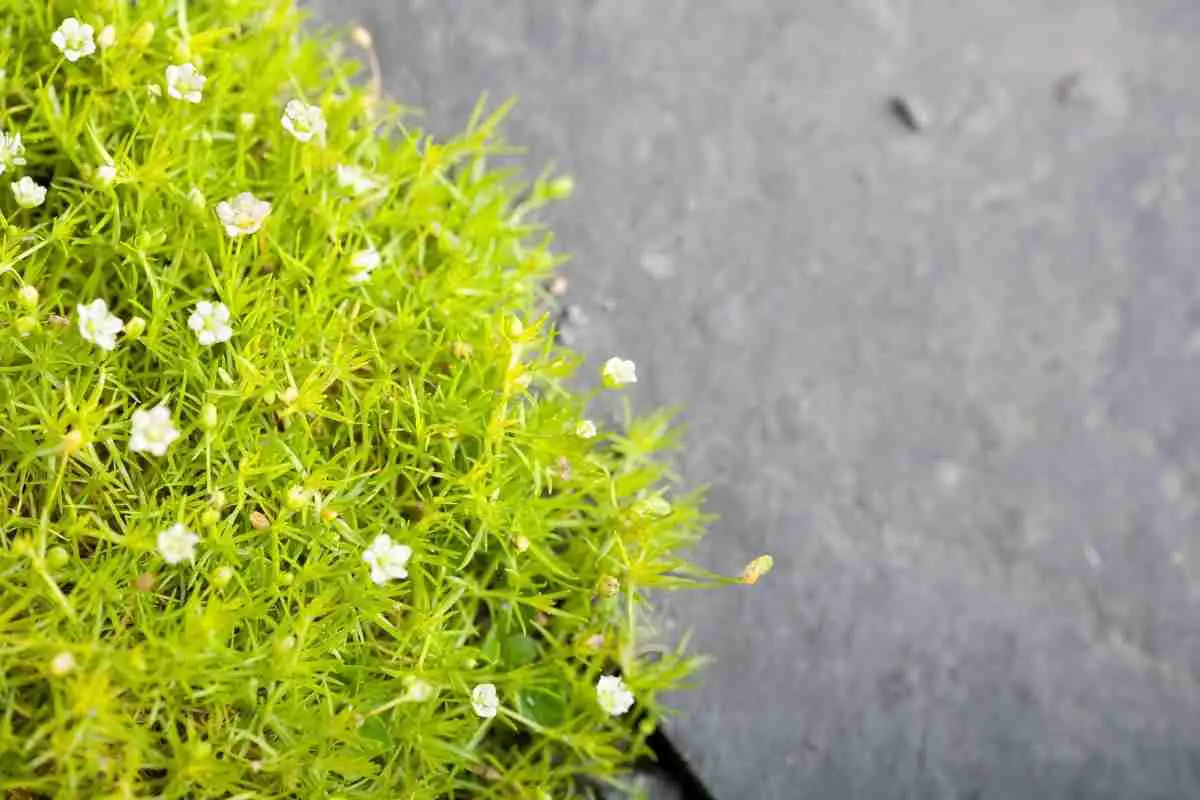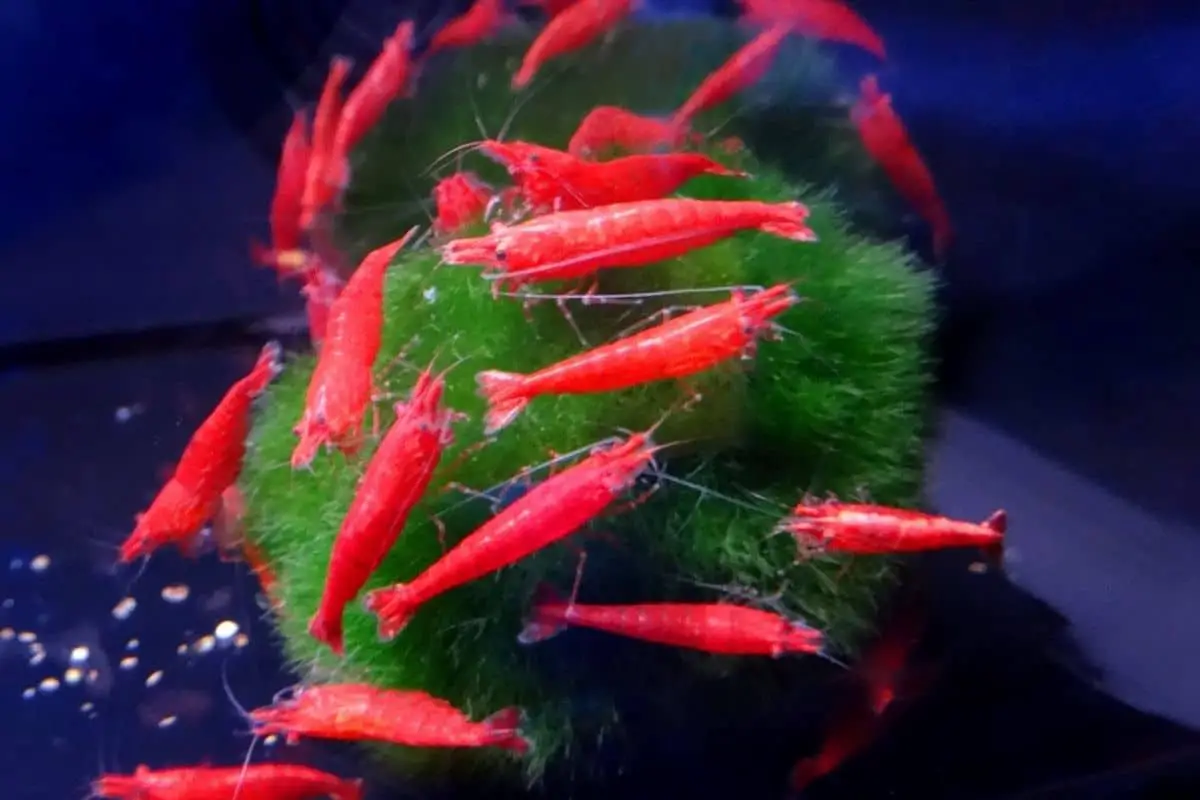
How Long Do Moss Balls Last In A Fish Tank?
Read more
Does Algae Need Sunlight? The Surprising Truth!
Read more
Is Moss Edible? Top 5 Edible Mosses
Read more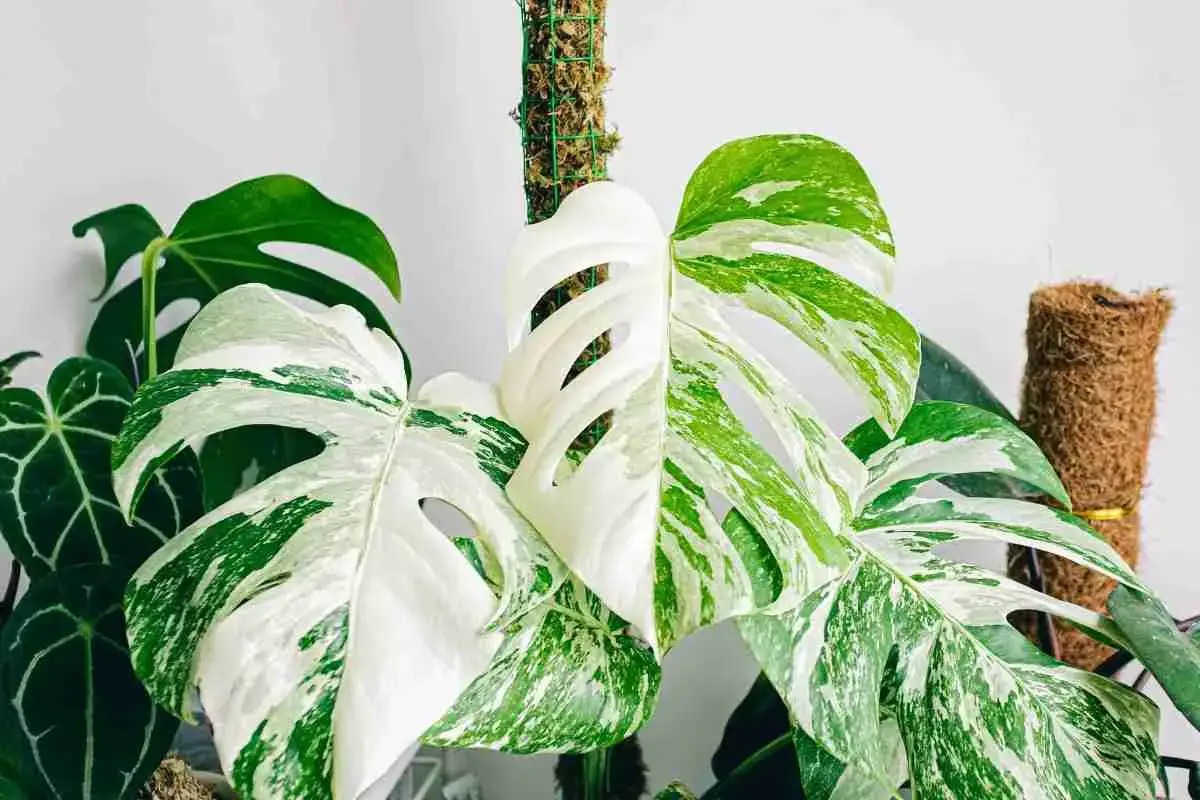
8 Unique And Creative Moss Pole Alternatives
Read more
Floating Moss Balls: Why Do They Float?
Read more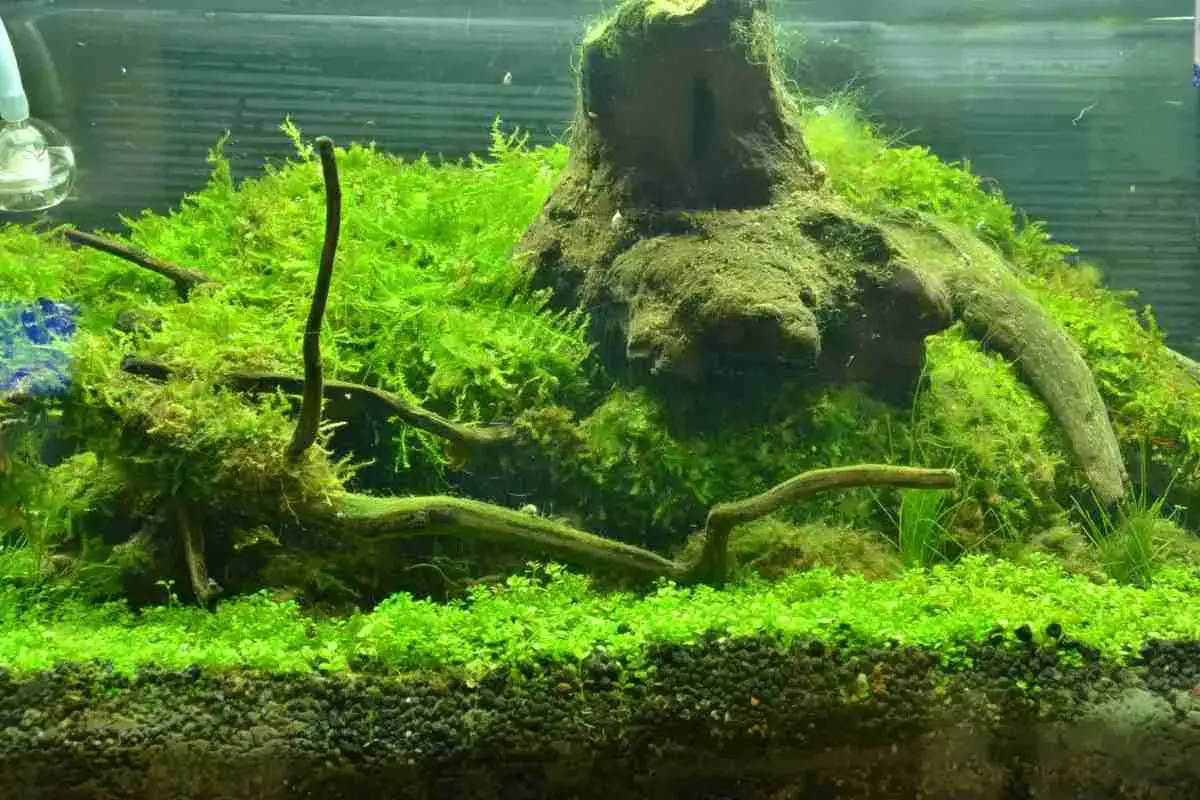
6 Simple Methods To Grow Java Moss Fast
Read more
16 Benefits For Having A Moss Ball In An Aquarium
Read more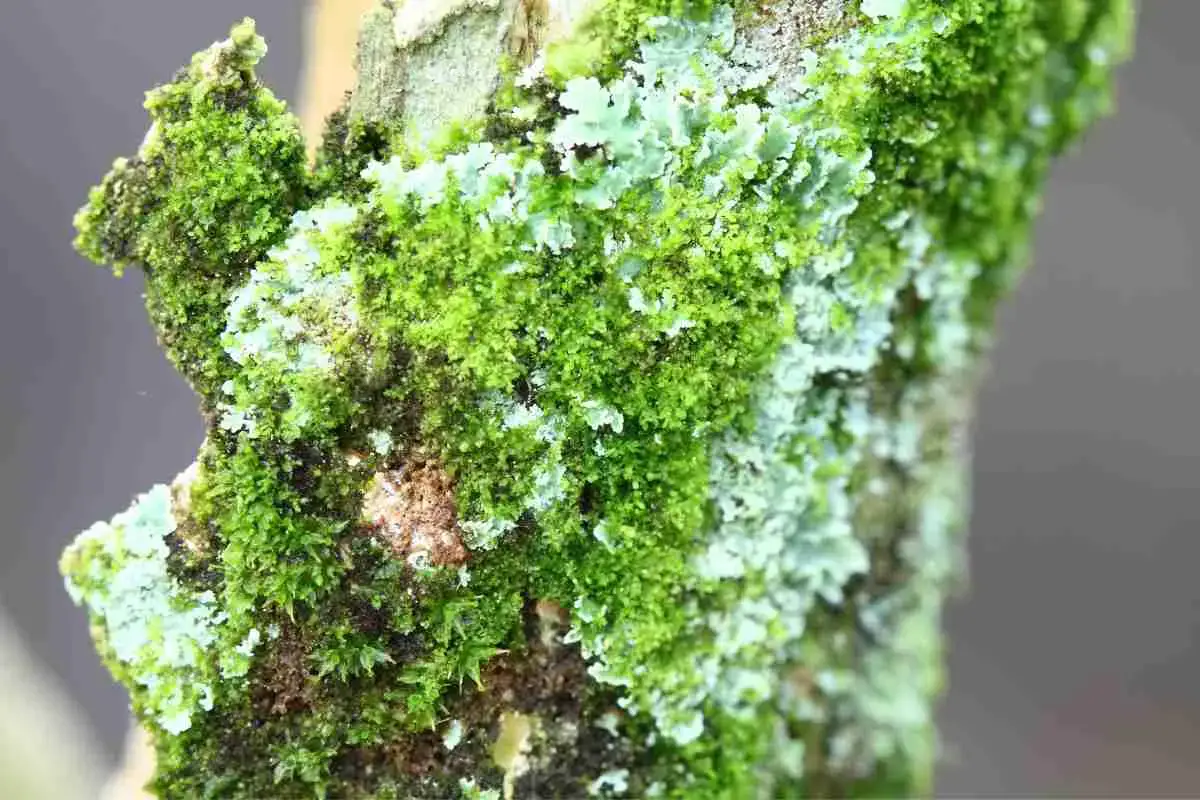
What Do Lichens Eat?
Read more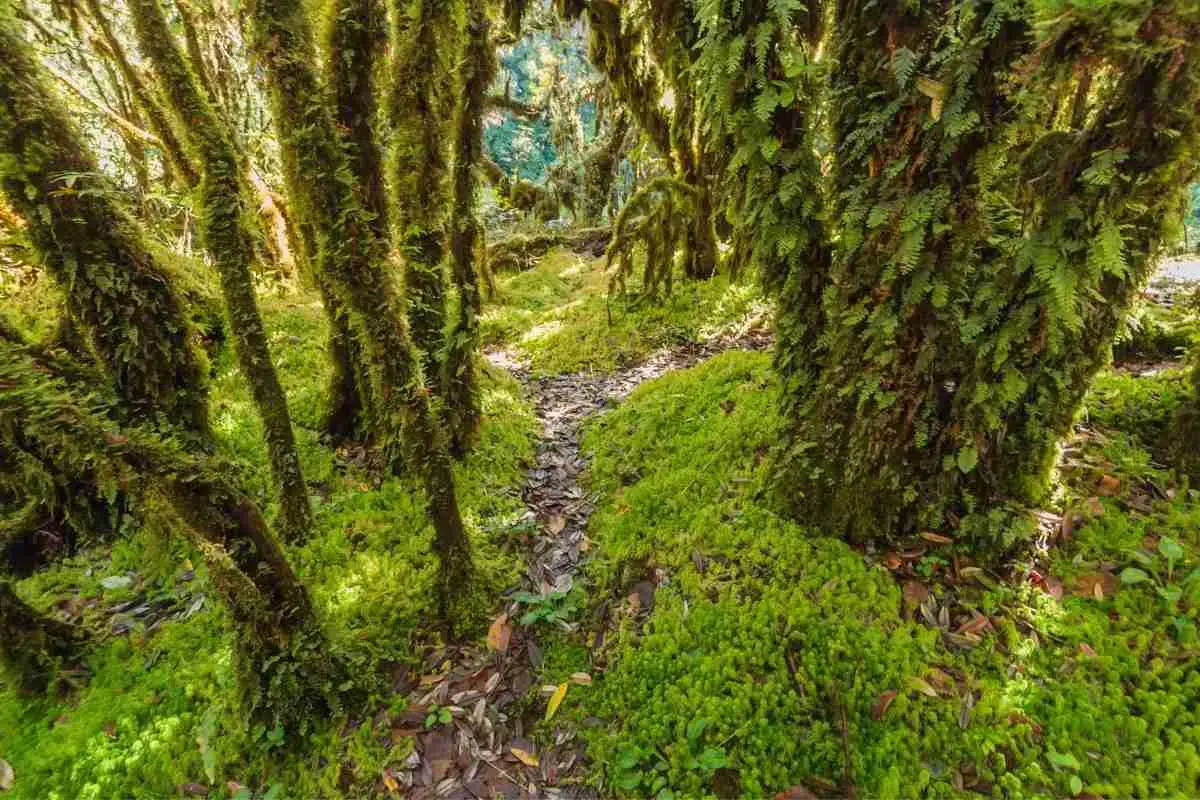
8 Types Of Moss That Grows On Trees
Read more
Can Moss Grow Underwater? List & Benefits
Read more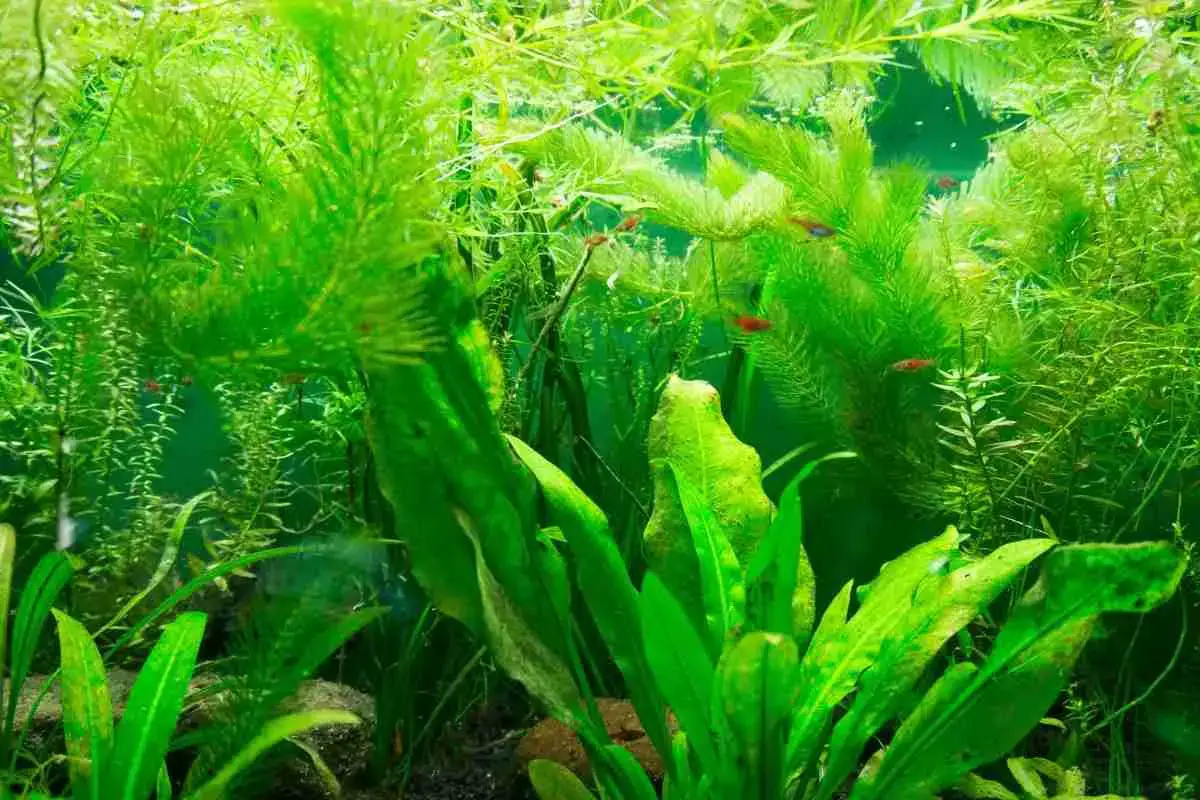
5 Simple Methods To Promote Algae Growth!
Read more